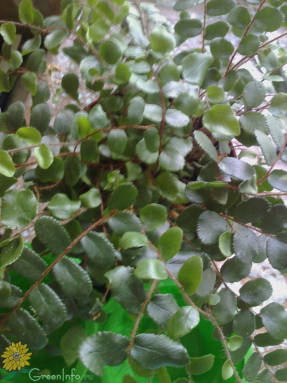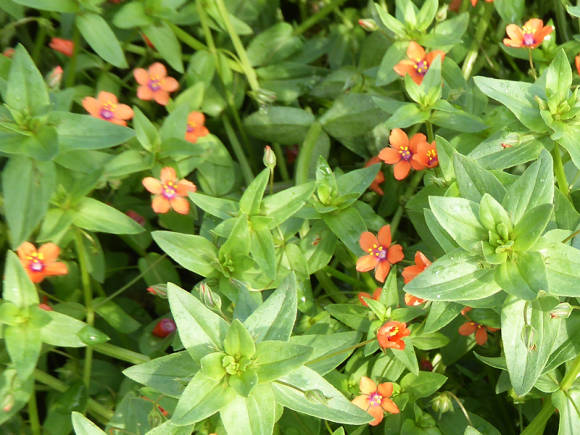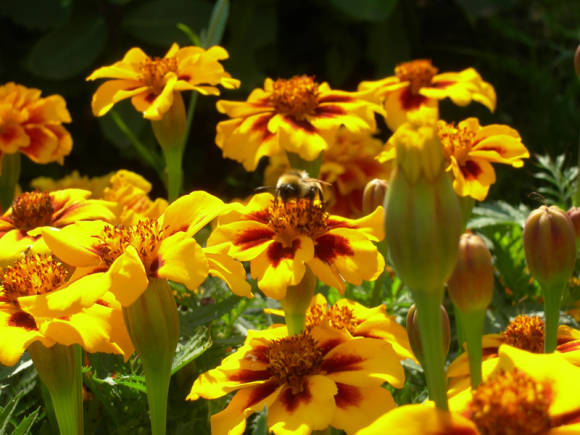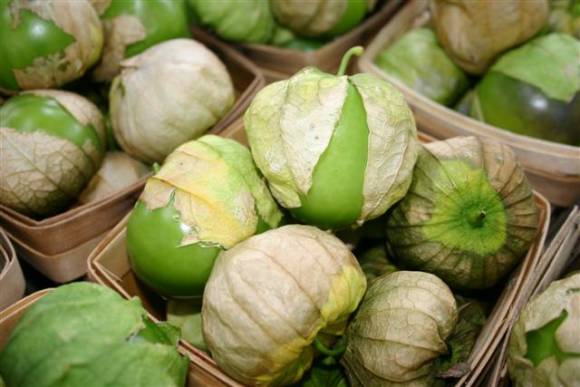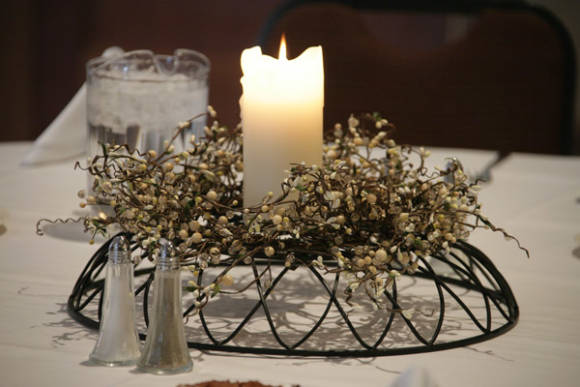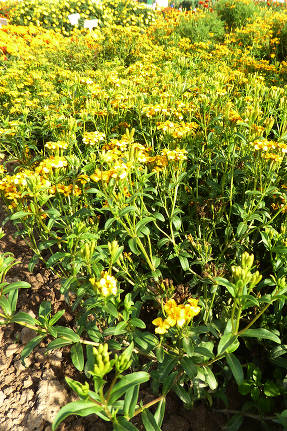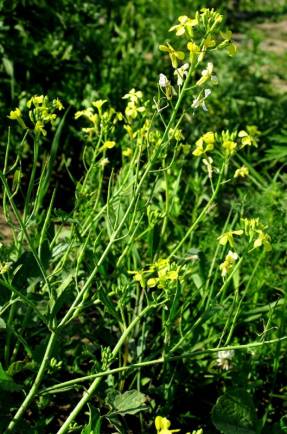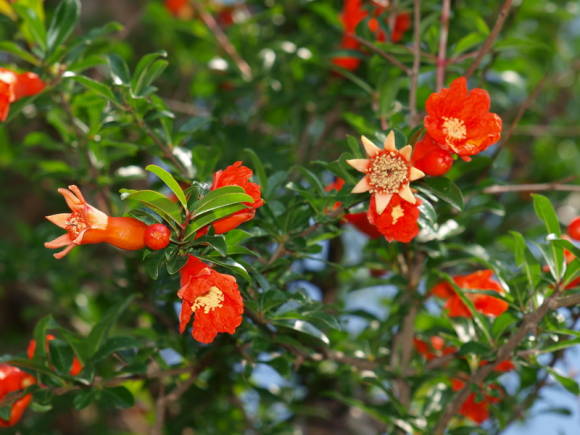The ending. The beginning is in the articles
The history of the culture of the three-bladed pawpaw
- Azimina three-bladed: getting to know the American
- Nutritional and medicinal value of azimine fruits
Azimine requirements for growing conditions
Under natural conditions, three-lobed azimina grows in the second or third tiers of deciduous forests, often in river floodplains, this explains its ability to bear fruit even in shade. However, it bears fruit best of all in lighted areas.
Plants grow well on light and loamy fertile soils with slightly acidic, slightly alkaline or neutral soil reactions (pH 5.5-7.2). Trees do not like prolonged waterlogging of the soil and stagnant groundwater. Possessing a well-developed, densely leafy crown and large leaves. Plants are demanding on moisture, especially during the period of fruit formation. Lack of moisture affects the quality of the fruit and causes them to fall off prematurely.
Propagation of pawpins by seeds

Azimina reproduces well by seeds that need pre-sowing preparation - stratification, carried out in 2 stages: cold and warm.
After being removed from the fruit, the seeds of pawpins dry out very quickly; after 5 days of storage in the open air, the water content in the seeds decreases rapidly and can lead to a loss of germination. Therefore, they must be immediately put in the refrigerator in paper bags before stratification or immediately in the substrate - perlite, sawdust, moss. The worst substrate is sand, which is very compacted, poorly ventilated and requires constant mixing, while moss, peat, sawdust retain moisture well, do not compact, which means it is well supplied with oxygen.
Seeds require pre-sowing cold stratification (+ 5 ° C) for 100-120 days and subsequent warm stratification within 30 days at a temperature of + 18 ... + 20 ° C.
In the seeds of the pawl, the embryo is underdeveloped, and warm stratification is necessary for its development, during which the additional development of the embryonic root and cotyledons occurs, which ensures the germination of the seed.
Seeds sown before winter germinate well (they undergo stratification in natural conditions).
We sow stratified seeds to a depth of 2-3 cm in late April, early May in a greenhouse or containers.
Mass seedlings appear in a month, sometimes - in late May - early June, both from stratified seeds and sown before winter: seeds germinate at a soil temperature of at least + 18 ... + 20оС. Because of this, germination often stretches for 1.5-2 months (in cold spring), the germination rate for properly preserved seeds is 80-85%.

First, a root is formed at the seed, when it reaches a length of 14-20 cm, seedlings appear without cotyledons, they do not come to the surface, with the rudiments of leaves, the primary shoot immediately appears.
At the age of 2-3 true leaves, seedlings can be dived into containers with a height of 18-20 cm, the surface area of the container is 100 cm2, the period of adaptation after the dive, the seedlings pass in a greenhouse. In May, when the threat of late frosts has passed, the plants are taken out into the open ground.
In the first and second year, seedlings in very hot weather must be shaded, as sometimes the leaves burn. Plants are more resistant with age.
For containers, we prepare a mixture of earth, humus and sand in a ratio of 1: 1: 1, the sowing depth is the same as in open ground - 2-3 cm, we plant seeds in containers, as a rule.

At first, seedlings grow slowly - in the first year they reach a height of 10-20 cm, have 6-10 leaves, with a root collar diameter of 1.5-3.0 cm (Fig. 29). The root of the seedling is pivotal, well developed - its length is 15-17 cm, the total mass of the root system of annual seedlings is 150-170 cm and is located in the soil layer up to 20 cm, the number of roots decreases with depth.
Azimina does not tolerate a transplant, often the roots break off, so the plants must be transplanted with a lump, preferably immediately to a permanent place. Plants from containers suffer less - they easily transfer into a prepared planting pit. In subsequent years, the seedlings grow very well, quickly build up the vegetative mass and lay generative buds already in the 4th-5th year.
Plants of seed origin bloom in the 5-6th year, the harvest grows gradually, grafted plants - already in the 2-3rd year, with a faster entry into fruiting. The yield is formed on last year's shoots and depends on the vigor of the plant's growth, growing conditions and, to a greater extent, on the presence of pollinating insects and cross-pollination. Full mass fruiting is typical for 10-15-year-old plants. Harvest - up to 30-40 kg per plant.
The root system of the pawpaw is superficial, often weakly branched, lies shallow - in 5-10 year old plants - up to 50-60 cm, in 15-20 year old plants - up to 1.5-1.8 m, lateral roots go by 5.0-7 , 0 m from the trunk. The bulk of the roots is concentrated at a depth of 50.0-70.0 cm.
Vegetative propagation of the pawpaw
Vegetative propagation of pawpaw plants is not difficult. It is necessary for the cultivation of varietal planting material. The most effective reproduction by budding in spring, during the mass flowering of plants (as a rule, in the conditions of Kiev - May 5-15), survival rate is 75-90%. For budding (and grafting), a stainless steel knife is required, accuracy and high budding speed, since the sections quickly oxidize (turn black) in air due to the high content of tannins.
The stock is one- or two-year-old seedlings of their own reproduction.
Azimine reproduces well by layering and root shoots, which are formed in culture in small quantities, in nature - in large quantities.
The propagation of pawpaws by lignified and green cuttings is not successful, now we are testing this method of propagation - obviously, conditions of high humidity and temperature are necessary, which can be provided in a fog-forming complex.
Planting pawpaw plants and caring for them
Landing... For planting, seedlings or seedlings of pawns are used. Two-year-old seedlings with a height of 40-50 cm, with a root collar diameter of 6-9 mm, have 14-20 leaves and a total length of the root system of 2.5-3.0 m, the height of seedlings (grafted varietal plants) at one year old reaches 60-70 cm, the diameter of the bole is 10-12 mm, they should have a good fusion of the scion with the stock.
An elevated, protected from the wind and well-lit place is best suited for landing a pawpaw. When planting on a slope, gutters should be installed to prevent the flow of storm water or melt water.
The optimal planting scheme, ensuring good development of plants, when laying is considered 5 x 3 m - row spacing - 5 m, between plants - 3 m. the fact that the azimine grows well, rapidly developing the aboveground system, it is advisable not to plant other plants close, so as not to shade and not limit the development of the azimine.
Planting pits should be 50-60 cm deep, 60-70 cm wide.The soil of the upper layer of the pit is mixed with 5-10 kg of compost or humus, the plant is planted on a mound, straightening the root system, filling the hole with earth from the rows, making a hole for watering ... Plants are watered, mulched with peat, bark, humus. During the growing season, watered depending on weather conditions.
Care... Plant maintenance is very simple - weeding, mulching and watering, which ensure good fruiting.
Pollination plays an important role in the formation of the yield; the selection of genetically heterogeneous varieties ensures good pollination. A very simple manual pollination operation can be successfully applied by amateur gardeners who grow one or two trees.Ripe pollen is transferred by a brush from one tree to the flowers of another. This technique allows you to double the yield or more. As a means of attracting flies, which play a major role in pollination, pieces of spoiled meat are often hung in the garden during flowering.
On dense loamy soils, it is imperative to make drainage at the bottom of the planting pit in order to avoid stagnant water with abundant moisture.
Top dressing... Fertilizers. At a young age - up to 5-7 years with well-filled planting pits, plants do not need special feeding, they use the supply of nutrients from the planting pits, in addition, mulching has a beneficial effect, retaining moisture and enriching the soil with organic substances.
But, taking into account the intensive growth of plants in the subsequent time after engraftment, and with a decrease in vegetative growth, it is advisable to fertilize the plants with nitrogen fertilizers. At the same time, with a strong vegetative growth (it can reach 70-90 cm per growing season), the entry into fruiting is delayed in young plants. In this case, it is also desirable to introduce phosphorus-potassium fertilizers, which stimulate the entry of plants into the reproductive phase.
Analyzing the state of the plants, if necessary, in spring, both young and fruiting plants must be supplemented with a full range of fertilizers - nitrogen-phosphorus-potassium.
Prospects for the cultivation of azimines
Azimina three-lobed - a fast-growing culture, high-yielding, with regular, without periodicity, fruiting.
The pawpaw culture is of great economic importance and has already spread, in addition to America, in the southern regions of Europe and East Asia.
This plant has a great future, it has not yet been sufficiently studied, for it, like many other plants, everything is curative - leaves, shoots, roots, seeds and fruits.
Due to its high adaptation and winter hardiness, the cultivated area of the pawpaw can be significantly expanded.
One of the most important ways of acclimatization of pazimines, like other introduced species, is sowing seeds and selection, reseeding in several generations, which will make it possible to breed varieties that are resistant to unfavorable conditions.
The life cycle of a pawpaw plant is quite long. In the American literature, there is information about plants of a hundred years old, we have - about well-fruiting at the age of 70 - in the Batumi Botanical Garden.
In Ukraine, 60-year-old plants bear fruit in the Odessa Botanical Garden, and in Kiev - in the Botanical Garden. Fomina of the Kiev National University.
They say that those plants that have been touched by human hands are happy, this fully applies to the azimine, a valuable fruit, medicinal and ornamental plant.
Photo by the author
